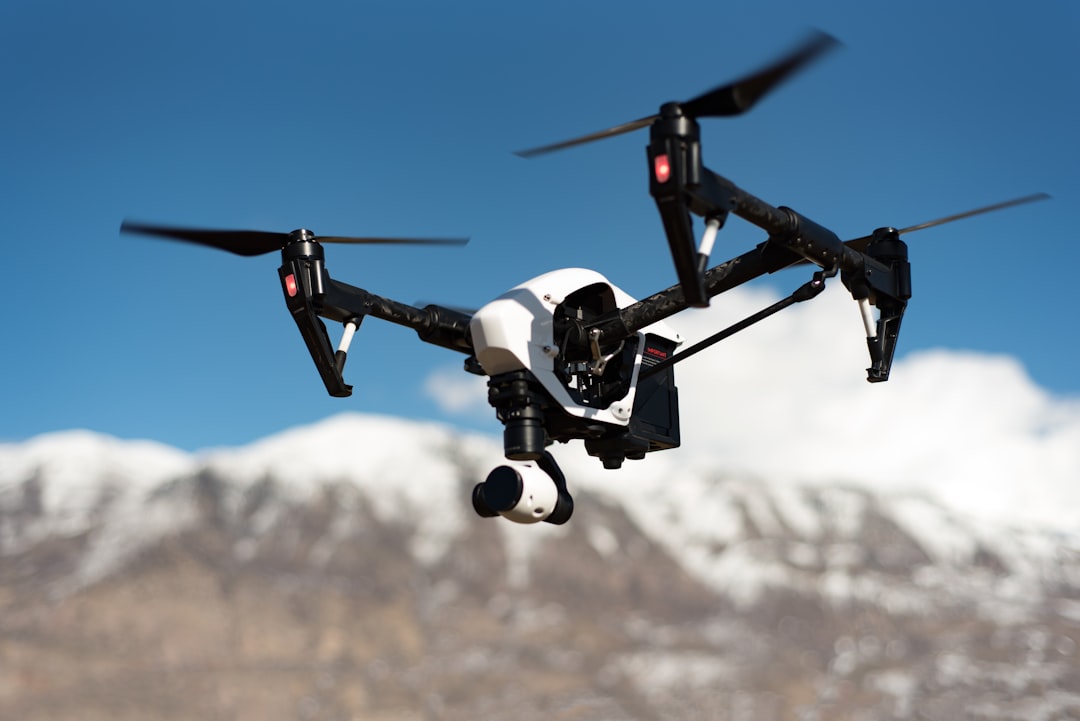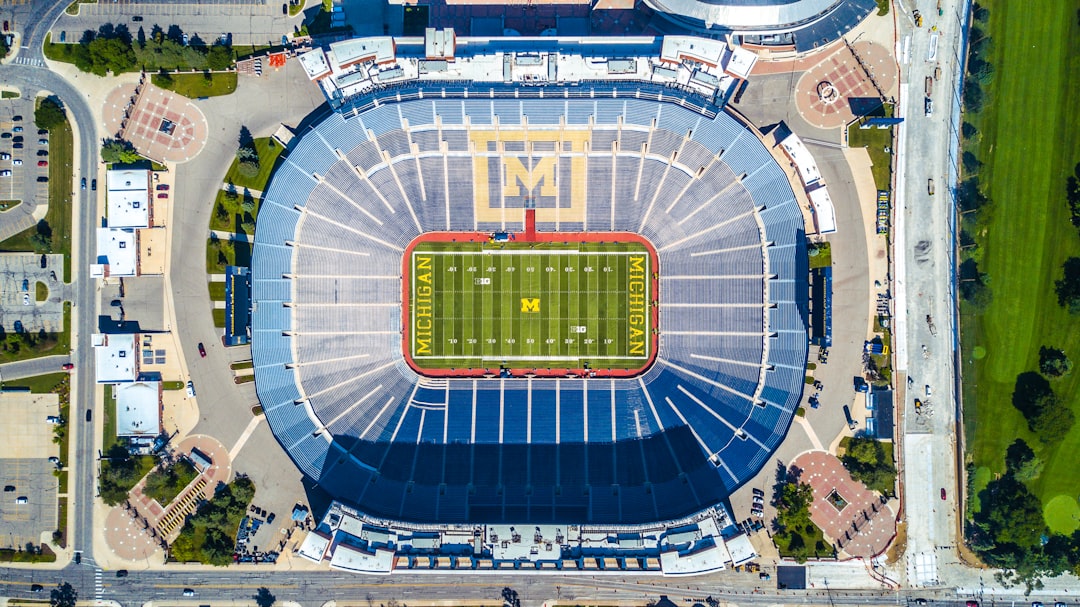What is it about?
Have you ever wondered if experiencing a 3D virtual reality (VR) feels different from watching a regular 2D video? Our study used special sensors to compare how our bodies react in both scenarios. Participants wore these sensors while experiencing a VR scene of a hot spring inn and while watching a 2D video of a hot spring resort. We found that in the VR environment, participants moved their heads more and their eyes behaved differently than while watching the video. This suggests a more active engagement, almost as if they were physically present in the VR scene. Our findings highlight how VR can enhance learning and entertainment by engaging our bodies in ways that traditional screens do not.
Featured Image

Photo by Andres Siimon on Unsplash
Why is it important?
Our study taps into the growing interest in virtual reality (VR) as technology rapidly advances and becomes more accessible. What sets our research apart is the detailed look at how our bodies—specifically our head and eye movements—react differently when immersed in a 3D VR environment compared to watching traditional 2D media. As VR technology continues to evolve and integrate into fields like education, therapy, and entertainment, understanding these physiological responses becomes crucial. This research is particularly timely because it aligns with the current shift toward more interactive and immersive digital experiences, spurred by global trends in remote learning and virtual interactions due to recent societal changes. By demonstrating how significantly more engaged our bodies are in VR settings, this study provides valuable insights for developers and educators looking to create more effective and engaging VR content. The findings could lead to better-designed VR experiences that enhance learning outcomes, improve therapeutic protocols, and redefine entertainment, making it a must-read for anyone interested in the future of digital interaction.
Perspectives
Working on this publication has been a deeply enlightening and fulfilling experience. As a researcher passionate about the intersection of technology and human experience, delving into the physiological responses elicited by virtual reality versus traditional media presented a fascinating challenge. This project stands out in my career as it bridges the often disparate worlds of immersive technology and practical, observable human behaviors. Through this study, I've gained a greater appreciation for the subtle yet profound ways technology can influence our physical reactions and, potentially, our emotions and learning processes. It was particularly exciting to see the tangible differences in engagement between 3D and 2D experiences, reinforcing my belief in the potential of VR to revolutionize how we learn, entertain, and even heal. I hope our findings ignite similar curiosity and enthusiasm among our readers, encouraging further exploration and innovation in the use of VR technology across various domains. This research is not just about understanding new technology—it's about envisioning a future where digital and real-world experiences blend seamlessly to enhance human life.
Professor Hideyuki Kanematsu
National Institute of Technology, Suzuka College
Read the Original
This page is a summary of: Evaluation Methods and Differences between Three Dimensional And Two Dimensional Movies by Physiological Measurements Using A Commercial 6-Axis Sensor, Procedia Computer Science, January 2023, Elsevier,
DOI: 10.1016/j.procs.2023.10.461.
You can read the full text:
Contributors
The following have contributed to this page










